Wavelength Visible/Near IR Altitude 2,400 m | First light 1977 Collecting area 8.856 m² | |
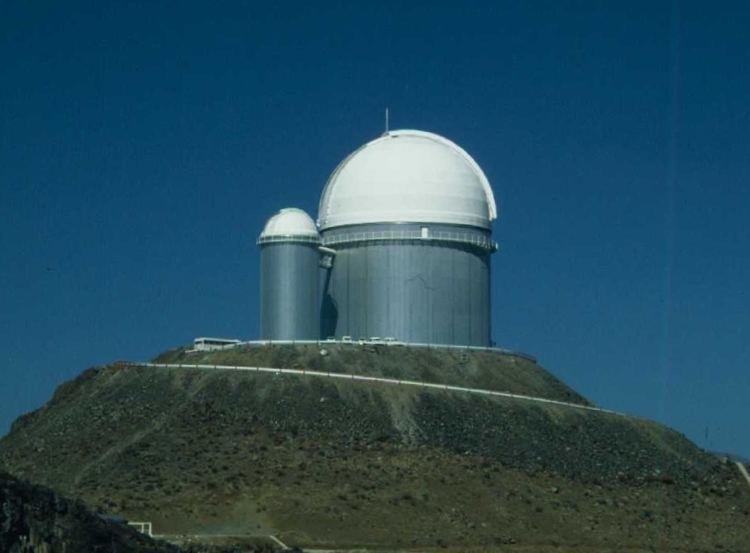 | ||
Coordinates 70° 43' 54.1" W -29° 15' 39.5" S (WGS84) Built 1976 first light1977 full operations Organization | ||
The ESO 3.6 m Telescope is an optical reflecting telescope run by the European Southern Observatory at La Silla Observatory, Chile since 1977, with a clear aperture of about 3.6 metres (140 in) and 8.6 m2 (93 sq ft) area.
Contents
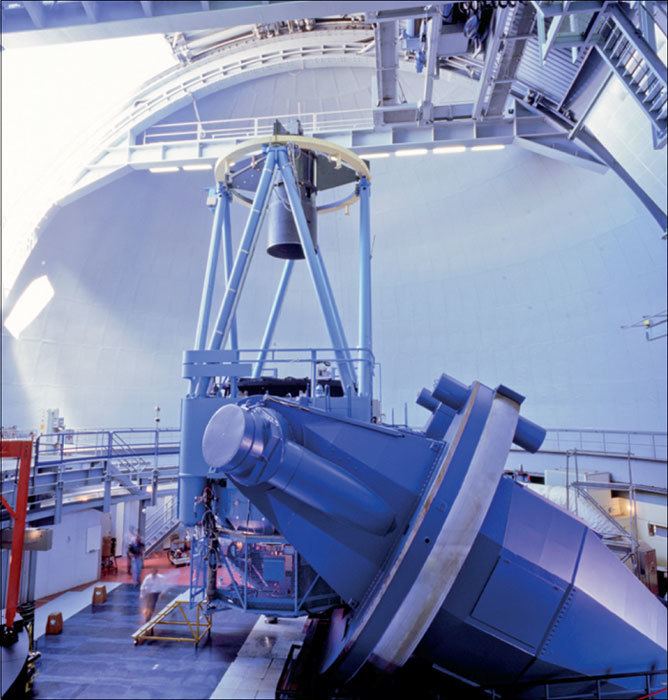
The telescopes uses the HARPS instrument and has discovered more than 130 exoplanets. In 2012, it discovered Alpha Centauri Bb, a possible planet in the Alpha Centauri system only 4.4 light-years away.
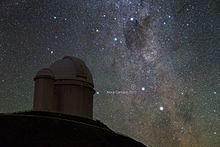
It received an overhaul in 1999 and a new secondary in 2004. When completed in the late 1970s, it was one of the world's largest optical telescopes. The ESO 3.6-metre Telescope has supported many scientific achievements and presented ADONIS, one of the first adaptive optics system available to the astronomical community in the 1980s.
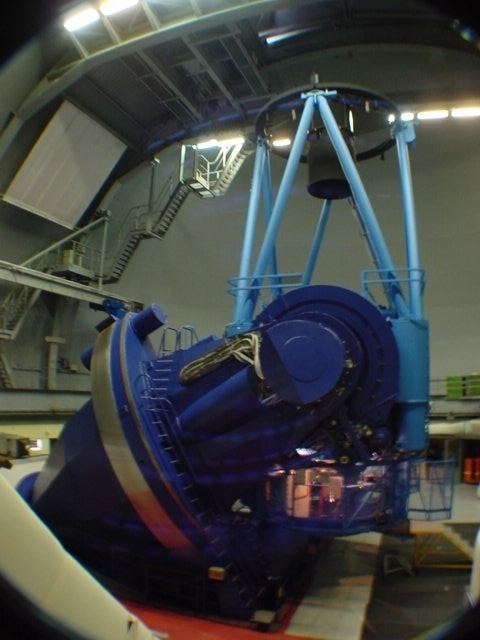
Instruments
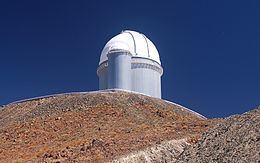
Since April 2008, the only instrument on the ESO 3.6 m telescope is HARPS, the High Accuracy Radial Velocity Planet Searcher. HARPS is a fibre-fed high resolution echelle spectrograph dedicated to the discovery of extrasolar planets. Other instruments on the telescope, now decommissioned, include:
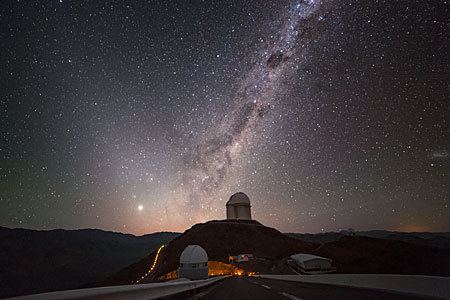
Recent scientific achievements
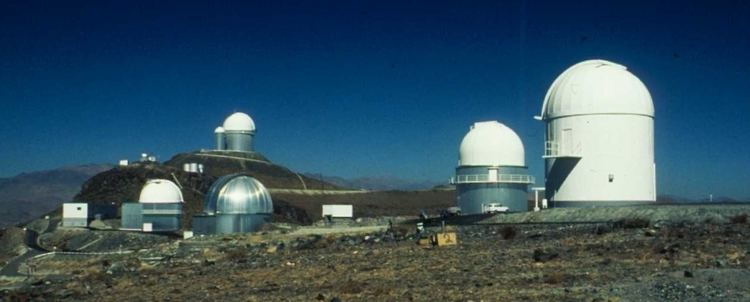
The ESO 3.6 m telescope has made several scientific discoveries since it saw first light. Recent astronomical achievements were made possible by HARPS, a "top-class" instrument. This include finding the lightest exoplanet known at the time of discovery in, Gliese 581e, with only twice the mass of the Earth, and the richest planetary system known at the time, with up to seven planets orbiting a Sun-like star.
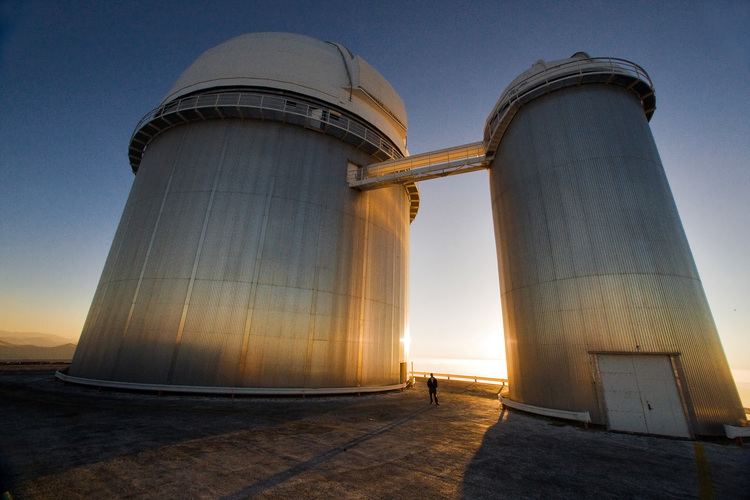
The telescope was also involved in solving a decades-old mystery regarding the mass of Cepheid variable stars. By using the HARPS instrument, astronomers detected for the first time a double star where a pulsating Cepheid variable and another star pass in front of one another, which allows to measure the mass of the Cepheid. The study concluded that the mass prediction coming from the theory of stellar pulsation was correct while the value calculated was at odds with the theory of stellar evolution.
The discovery of the extrasolar planet Gliese 581 c by the team of Stéphane Udry at University of Geneva's Observatory in Switzerland was announced on April 24, 2007. The team used the telescope's HARPS spectrograph, and employed the radial velocity technique to identify the planet's influence on the star.
By 2009, the telescope was used to discover 75 exoplanet candidates. In 2011, another 50 exoplanet candidates were announced.
